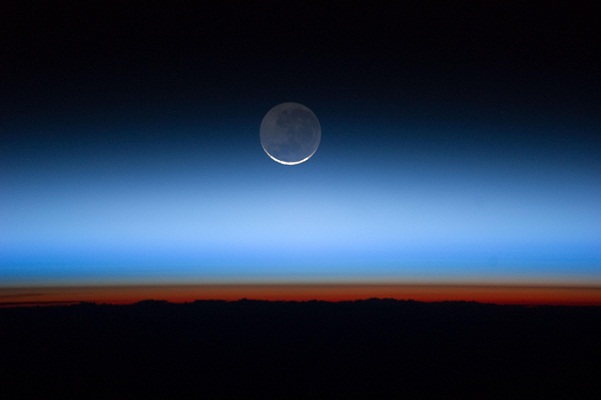| Online: | |
| Visits: | |
| Stories: |

| Story Views | |
| Now: | |
| Last Hour: | |
| Last 24 Hours: | |
| Total: | |
August Night Sky Events – Supermoon, Perseids Meteor Shower, Ceres, Vesta, Pallas and Planets (Video)
August Perseids meteor shower peaks just after midnight
on a moonless mid-august night it should put on a great show this year.
Look towards the familiar constellations Cassiopeia and Perseus in the Northeast
The best watching hour is 1 a.m. Pacific Time on the morning of August 13. You might see 50 up to 100 meteors per hour
You can see Perseid meteors every night from late July through August 24th.
This month there is also a chance to spot all the planets plus former planets, Pluto, Ceres, Vesta, Juno and Pallas, but you have to observe from dusk to dawn.
Start right after sunset and find Jupiter low in the western horizon
Venus and Mercury will be near Jupiter but you need binoculars,
you can also see Venus before sunrise at the end of month
The asteroid Juno is also near Mercury but will require a telescope to see
Saturn will be easy to see a little higher in the southwestern sky until after midnight.
You need a telescope to track down Pluto in Sagittarius in the south-southeast sky.
Another dwarf planet Ceres, is not too far away from Pluto.
It’s also in the constellation Sagittarius
Look low in the south-eastern sky at midnight the asteroid Palllas can be spotted in the constellation Hercules in the western sky.
Uranus and Neptune require a wake up call early in the morning in the western sky.
Use binoculars to spike Uranus, look for Neptune in the southeast sky.
Neptune requires a telescope
Vesta is in the constellation Cetus, (the Whale) in the eastern pre-dawn sky.
Looking east an hour before sunrise you will see Mars but you need binoculars to see it.
Mars Observers will have plenty of time between now and the end of 2016 to view the red planet
Enjoy the night sky

Image credit: ISS



